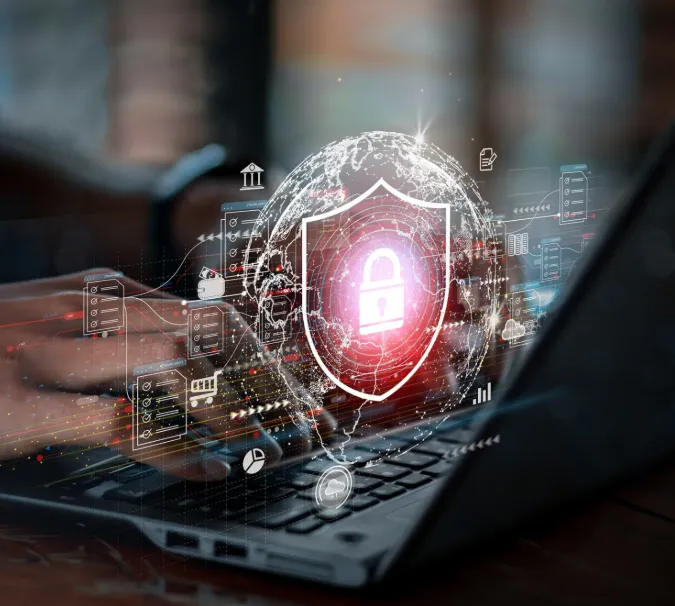When we first set out to build AI-powered cybersecurity tools at Cyberoon, our main goal was simple—make threat detection faster and more effective. At that time, I didn’t give much thought to issues like model transparency, bias, or AI ethics. These concerns just didn’t seem pressing. But everything changed quickly.
I recall one instance when our system flagged a series of login attempts as suspicious. The client immediately escalated the issue, fearing a credential-stuffing attack. After pulling the logs and checking the trace, we discovered it was actually a misconfigured internal service running a harmless backup script. The mistake was a bit embarrassing, but it highlighted a bigger problem: the system gave an alert without any explanation.
That was a pivotal moment for me. If we’re providing clients with conclusions without context, we’re only adding confusion. From that point on, we shifted our focus towards explainability. We realized that clients didn’t just want results—they needed to understand why the system flagged something as a threat.
We began adding transparent reasoning behind each alert. Now, when an issue is flagged, the system shows which features contributed to the decision, the historical data it matched, and even the confidence level of the detection. It’s far from perfect, but it’s a step in the right direction. It’s restored some faith in the system and made it easier for clients to trust the outputs.
Then came the issue of bias. At first, we didn’t consider how diverse data could impact model performance. But we learned the hard way. One of our models started underperforming when tested in a network environment vastly different from the data it was trained on—different geography, infrastructure, and configurations. It missed threats it should have detected. This was our mistake, and we’ve since made it standard practice to train with diverse datasets and test the model in unfamiliar environments to avoid similar issues in the future.
Not every experiment has been smooth. We’ve developed models that seemed promising but failed in real-world conditions. There have been instances where false positives overwhelmed security operations centers (SOCs), frustrating teams and even causing some clients to pause their deployment until we resolved the issues. As painful as it was, that feedback helped us improve our product.
One lesson I’ve learned is that responsible AI isn’t just about fairness—it’s about resilience. If a model is only effective under controlled, lab-like conditions, it won’t hold up in the real world. That’s why we continually test our models against new attack methods and techniques. Some attacks are detected, others aren’t—but we learn something valuable from every gap we find.
Importantly, we bring in human expertise from the start. Security analysts, IT engineers, and SOC leads are actively involved in the design process. What they ask for shapes the product we build. If they say, “I don’t trust this output,” we take it seriously. Trust is everything in cybersecurity.
The regulatory landscape is catching up with AI’s growing role in critical security systems, and I welcome that. If you’re building AI for security, it’s essential to understand how your models behave, provide solid audit trails, and account for edge cases. We don’t wait for regulations to tell us to do this—we’ve built it into our development process from day one.
I’m not claiming we’ve solved every problem. There are still unexpected edge cases that catch us off guard. But I’d rather be transparent about that than pretend we’re perfect. Our goal isn’t to create a flawless system—it’s to keep improving.
So, does responsible AI matter? Absolutely. Not because it’s a trend, but because we’ve seen the consequences of ignoring it. Confusion, false alarms, and broken trust. Once trust is lost, no AI system will be able to help.







